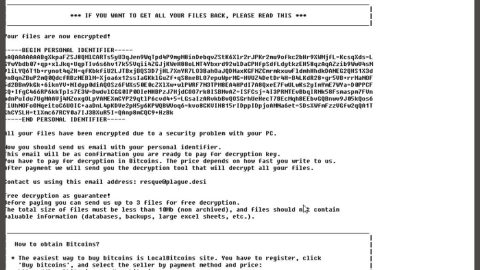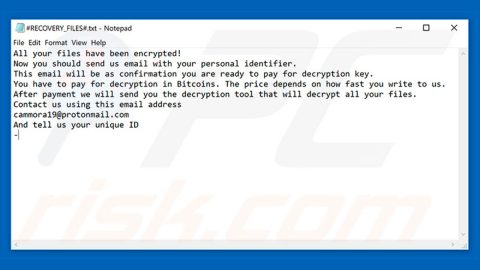About Wd15303.com redirect
If you happen to experience that the Chrome, Firefox, IE and Edge opens the wd15303.com unwanted page then most probably that your PC is infected with an adware. This adware modifies the Chrome, Internet Explorer, Mozilla Firefox and MS Edge settings to display a huge number of unwanted popup ads on all web pages to generate profit. These ads varries from pop-up windows, boxes, in-text ads, to different sized banners and so on. What is more, the ‘ad supported’ software, the wd15303.com popup ads, can cause your Internet connection to be sluggish or even freeze your browser so that the interface is not updated anymore.
The adware usually affects only the main browsers such as Chrome, IE, Mozilla Firefox and Edge by changing the web-browser’s settings or installing a dangerous extensions or addons. This type of adware will perform a system scan of the personal computer for internet browser shortcuts and modify them without your permission. Once it infects the web browser shortcuts, it’ll add or change the argument like ‘http://site.address’ into Target property. So, each time you open or launch the internet browser, you will see an annoying wd15303.com site.
Once your PC system is infected with the ad-supported software, the browsers Google Chrome, FF, Edge and Microsoft Internet Explorer will be redirected to wd15303.com unwanted web page. Of course, the adware may not cause damages to your files or Windows system, however, it may redirects and open lots of annoying ads. These advertisements will be injected within the content of web-sites that are you opening in your web-browser and can which may vary from pop-up ads, in-text ads, different sized banners, which offers to install an questionable software. In this case, upon opening any web site, you may see in your web browser’s status bar with the following messages: ‘Waiting for wd15303.com’, ‘Transferring data from wd15303.com’, ‘Looking up wd15303.com’, ‘Read wd15303.com’, ‘Connected to wd15303.com’.
So, this means you need to eliminate the adware as quickly as possible. You can ese the free step-by-step guide given below. This guide will help you clean your computer and thereby eliminate the wd15303.com unwanted popup ads from your PC.
How can you get infected with wd15303.com redirect?
Usually, the freeware installer comes with the optional potentially unwanted programs or PUPs like this ad-supported software. So, be very careful when you agree to install anything into your computer. The best way to do this is to select the Custom, Advanced or Manual setup mode. You should disable (uncheck) all optional applications in which you are unsure of or that causes even a slightest suspicion. Just remember that you don’t need to install the optional software which you don’t trust! Once the free programs are installed or get through your PC, if you remove this software, the ad supported software will not be removed, and this means you must remove it manually by yourself or you can use Anti-malware programs to completely eliminate the adware from your computer system.
How to remove wd15303.com redirect using antimalware software?
Use MalwareBytes Anti-Malware to get rid of the wd15303.com redirect:

Install MalwareBytes Anti-Malware using the installation wizard.
MalwareBytes Anti-Malware needs no configs or specific settings, just install and you are ready to scan your computer for malware and free removal.
- Perform a Threat Scan using the Scan Now button

If you find malware in your free scan consider upgrading to our PRO Version. The PRO version stops malware dead in its tracks, never allowing it to access your PC.
- Real-time active malware prevention engine blocks known threats
- Heuristic protection prevents new zero-day malware infections
- Malicious website protection blocks access to known and zero-day malicious web content
- Automatic priority updates and scheduled scanning
- Blazing fast flash scans
How to prevent malware invasion:
It is best to invest into Anti-malware tools. It is the best asset of your PC to prevent malware infection and prevent it from being contaminated from all sorts of malware, browser hijackers, adware, etc. in the future.











